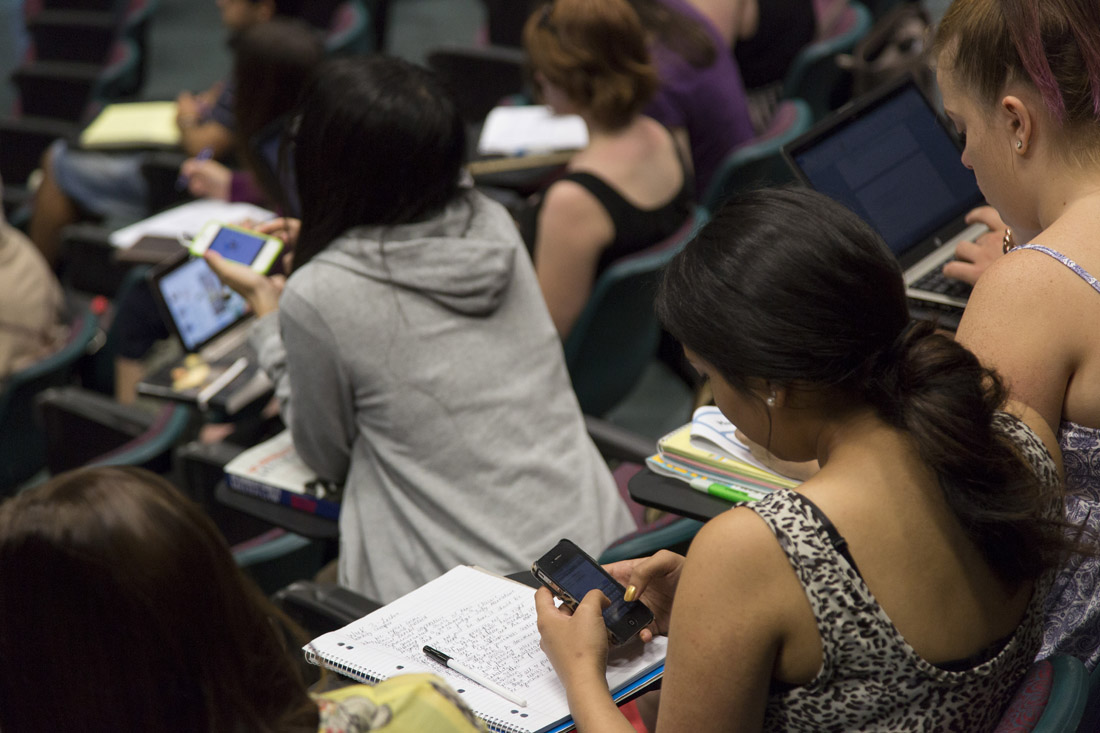People under 35 have been largely overlooked during the Queensland state election campaign, according to a Griffith University expert on millennials and youth affairs.
Jerath Head, a research assistant with Griffith’s Policy Innovation Hub and the assistant editor of the Griffith Review, says the key issues that matter to younger voters haven’t received due attention in the lead-up to this weekend’s election.
“If you look at policies, in terms of the campaigns, there’s not really anything that resonates particularly with a lot of young people,” he said.
“A lot of it is directed at regions; there’s hardly any focus on employment and employability for young people.”
“Increasingly, these policies look at employment for older people and don’t necessarily address the specific issues of being younger.”
This sense of younger voters being left behind is not unique to this campaign, Head said; the under-35 demographic has historically been perceived to be treated as an afterthought too.
“Young people tend to miss out in any election, which is probably going to cause more problems for parties, because they’re becoming quite a huge portion of the population,” he said.
“Increasingly, these policies look at employment for older people and don’t necessarily address the specific issues of being younger and having to be in casual employment for longer, or being in low-paid employment for longer.
“It’s something that’s going to be more pressing but presently parties don’t really seem to think that much about it.”
Head explained that, although electoral rolls received a spike in enrolments from younger voters as a result of the recent survey on same-sex marriage, political parties shouldn’t take their continued democratic participation for granted.
“In Australia, we haven’t previously had an issues-based survey like that, where people have enrolled to vote on an issue rather than enrolled to vote in broader politics, so it’s hard to say whether it will translate to increased political engagement,” he said.
“I would hope that it would translate to an increased turnout for young people, given there’s a lot of issues-based debate going on, particularly around Adani.
“My hopes are pretty high that younger voters will continue to participate, because those are the kind of issues that seem to be getting young people engaged at the moment.”
“The two biggest issues for young people are affordable housing and jobs. Where are people going to live, and how are they going to pay for it?”
Aside from a heightened sense of social responsibility, Head said, younger voters — regardless of where they live — are facing similar challenges that form the crux of what will drive their preferences at the polls.
“There’s a tendency to kind of broad-brush everyone under the same banner of ‘millennial’, and not pay attention to the more location-based issues,” he said.
“But increasingly I think the two biggest issues for young people are affordable housing and jobs. Where are people going to live, and how are they going to pay for it?”
Those two questions, Head explained, are deeply interconnected, and a lack of meaningful action on one is to inherently neglect the other — and the millennial demographic.
“There’s a wilful ignorance in addressing employment when you refuse to look at housing affordability,” he said.
“You might create some extra jobs — unemployment is decreasing — but it’s all casualised. The jobs being created are always casual, so unless you have some real solutions to long-term employment, you’re not doing much if housing affordability is still sucking up everyone’s money.”
Importantly, major parties cannot afford to continue to ignore their younger constituents, especially with a steadily rising tide of support for minor parties in urban areas with significant millennial populations, Head said.
“South Brisbane is one that everyone’s paying attention to, because there’s obviously a large population of younger voters, and the Greens have a chance of winning the seat,” he said.
“So, I think that’ll be a good little case study for what it takes to get young people engaged, and what it takes to keep them engaged.”
